Rainbow-submarine-blog - C E C I L E

More Posts from Rainbow-submarine-blog and Others

Bertha Parker Pallan (1907-1978) was a Native American archaeologist, of Abenaki and Seneca descent. Her parents were Behula Tahamont, a Native American actress, and Arthur C. Parker, the first president for the Society of American Archaeology.
Parker discovered and participated in many archaeological sites during her career, but she is best known for her work at the site of Gypsum Cave. Although she was originally hired her as the expedition cook and secretary, she was allowed to explore the cave and was able to reach more inaccessible areas. It is here that she uncovered the first giant ground sloth remains in association with humans, a discovery that received national attention among anthropologists. After her time at Gypsum Cave, she discovered two additional sites: Corn Creek Campsite, and a pueblo site at Scorpion Hill. She worked for over 10 years as an Assistant in Archaeology and Ethnology at the Southwest Museum, where she published a number of archaeological and ethnological papers in the museum journal. In her later years, she acted as a technical advisory and consultant on TV shows and movies depicting American Indians, and hosted her own TV show on Native American history and folklore.
Bertha Parker Pallan was a ground-breaker in many aspects. She is considered the first female Native American archaeologist, and she is one of the first women recognized for conducting her work at a high level of skill in the field without a university education. Additionally, her role as a consultant for TV and movies influenced how American Indian cultures and their histories were depicted in the media.

bless JK🙌


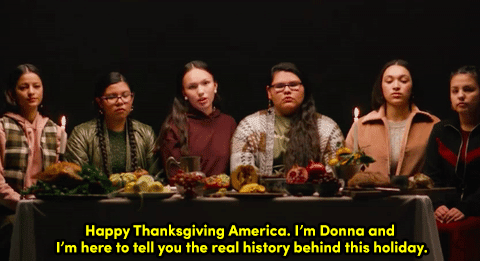
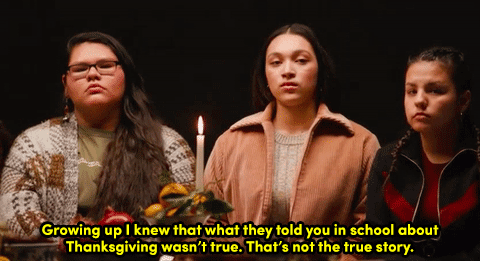
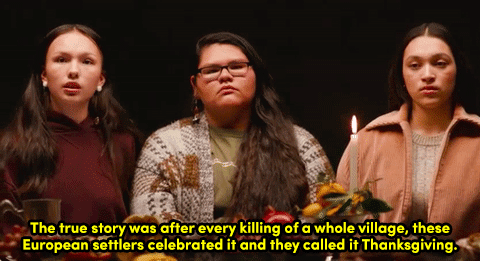
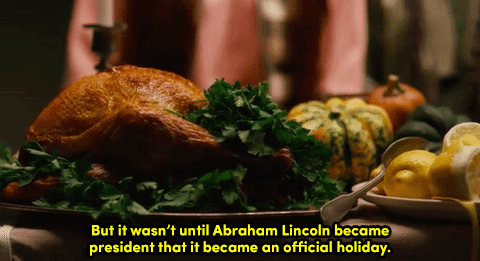


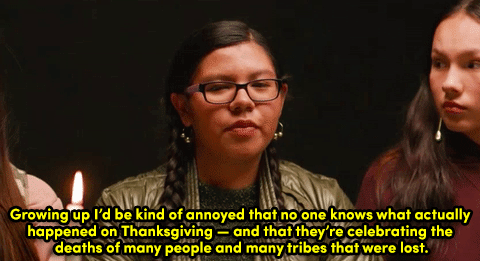
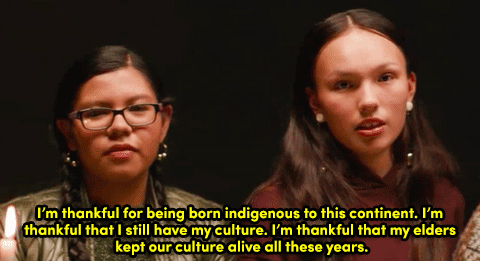

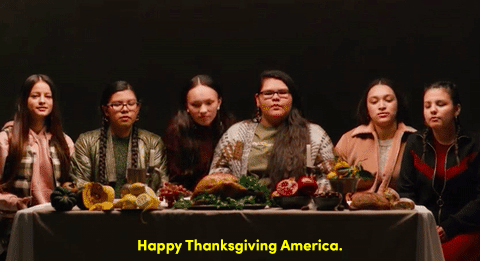
6 Native American girls explain the tragic story behind Thanksgiving
follow @the-movemnt

Here’s to all the words I never got to say, here’s to all the memories we never got to share.
2am (via 2am-spilledink)
She was like an exclamation mark in human form.
Jenna Evans Welch (via books-quoted)



There was a “Bowling Green massacre” — in 1643, white settlers slaughtered 110 Native Americans
Last week on MSNBC, Kellyanne Conway invented a massacre that never happened in Bowling Green, Kentucky.
But here’s one that’s real: In 1643, white settlers massacred 30 indigenous people in what is now Bowling Green Park, one of the oldest sections of New York City, Indian Country Media Network reported.
Back then, New York City was known as New Amsterdam and was a struggling colonial outpost under Dutch rule.
The then-governor of New Netherlands, Willem Kieft, sent groups of European soldiers to an area at the tip of Manhattan island, which was then home to Lenape tribe.
The soldiers killed 80 members of the tribe in what is now Pavonia, New Jersey, and massacred another 30 in Manhattan. Read more
follow @the-movemnt
tell me how to forget you
(see-SIL)professional maker of puns and sarcastic comments⚛️☯️💟🚺
234 posts